Shared with Dropbox.
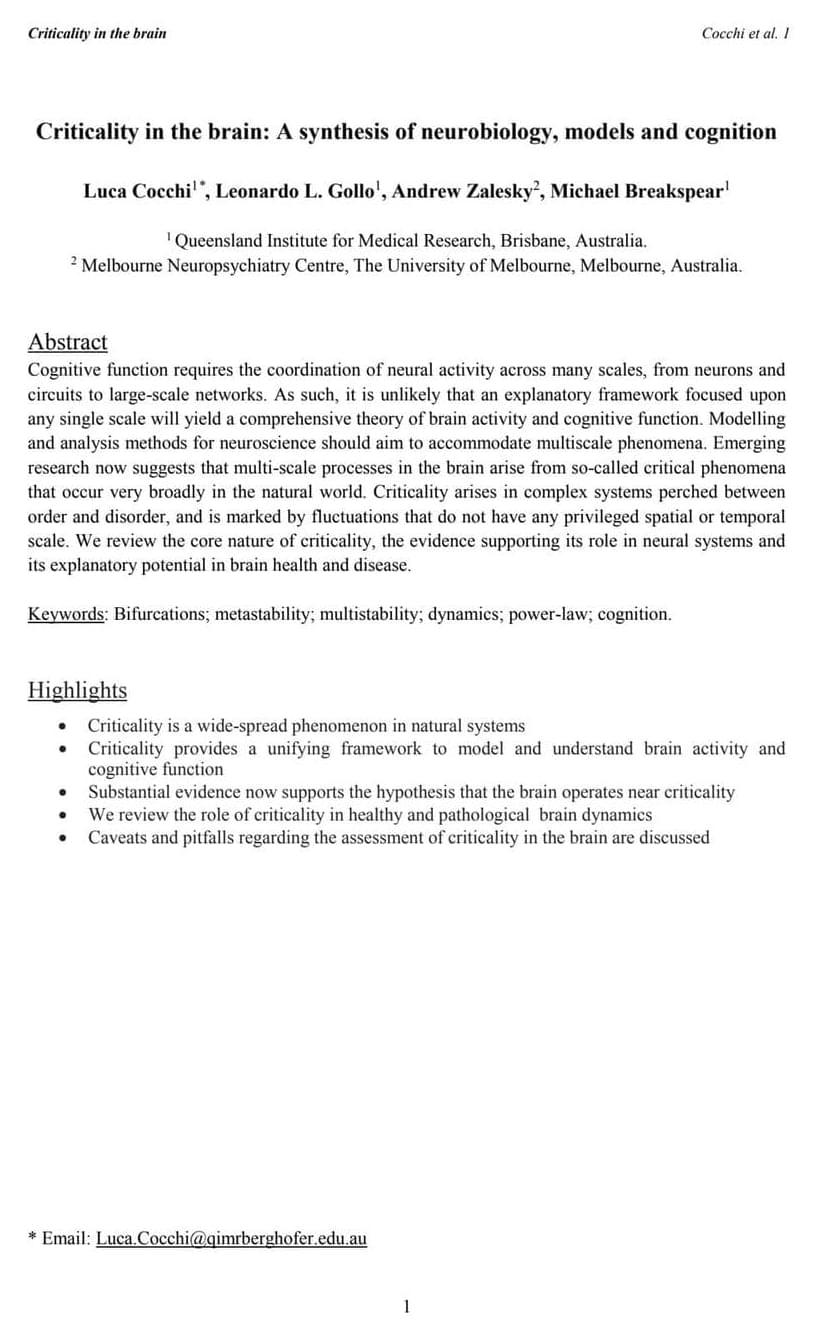

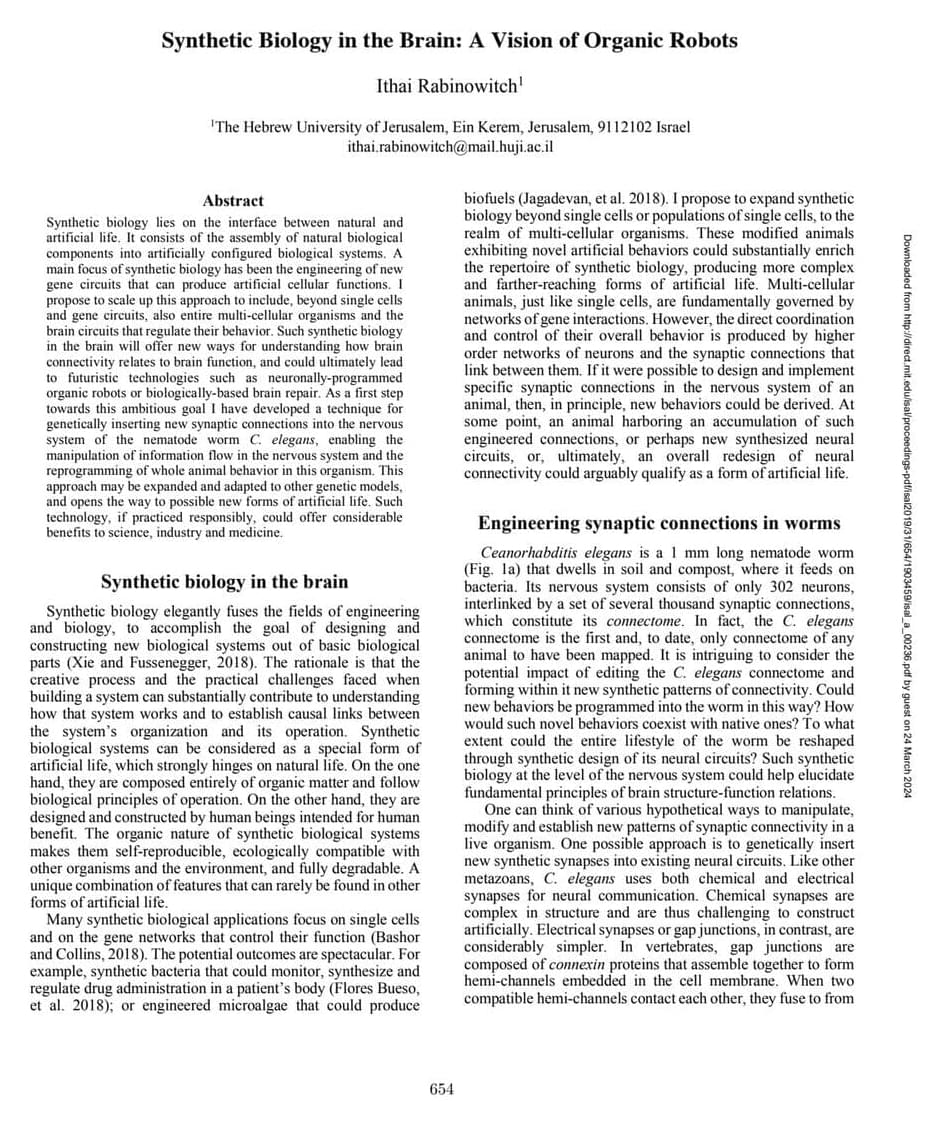
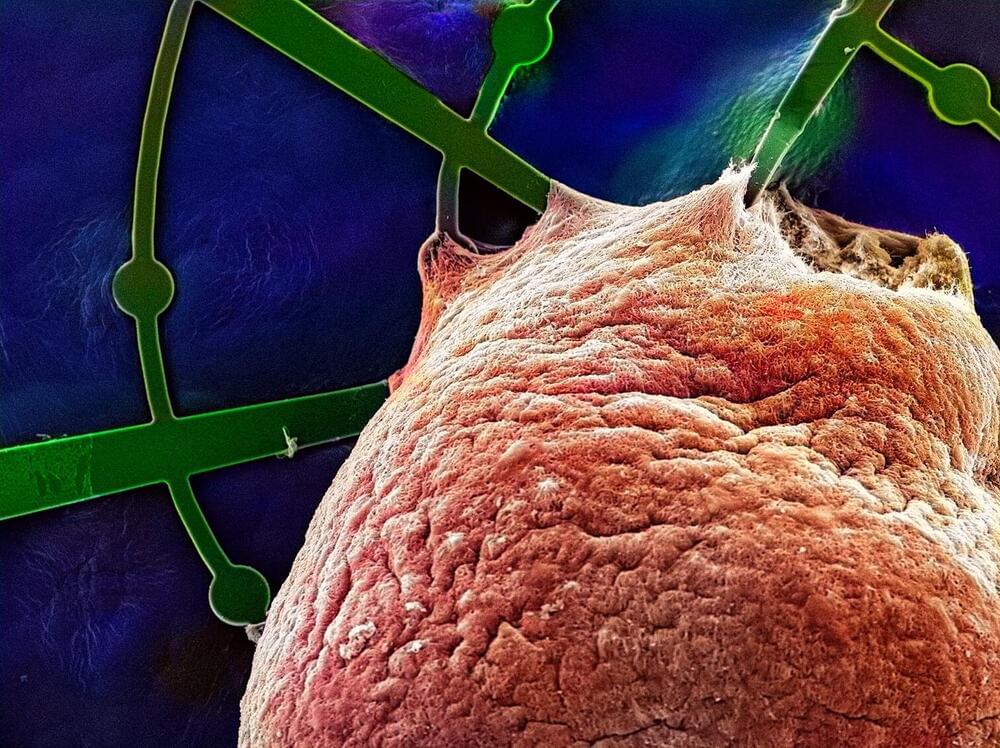
Brain organoids are self-organizing tissue cultures grown from patient cell-derived induced pluripotent stem cells. They form tissue structures that resemble the brain in vivo in many ways. This makes brain organoids interesting for studying both normal brain development and for the development of neurological diseases. However, organoids have been poorly studied in terms of neuronal activity, as measured by electrical signals from the cells.
A team of scientists led by Dr. Thomas Rauen from the Max Planck Institute for Molecular Biomedicine in Münster, Germany, in collaboration with Dr. Peter Jones’ group at the NMI (Natural and Medical Sciences Institute at the University of Tübingen, Germany), has now developed a novel microelectrode array system (Mesh-MEA) that not only provides optimal growth conditions for human brain organoids, but also allows non-invasive electrophysiological measurements throughout the entire growth period. This opens up new perspectives for the study of various brain diseases and the development of new therapeutic approaches.
The study is published in the journal Biosensors and Bioelectronics.

Researchers at Rutgers and Emory University are gaining insights into how schizophrenia develops by studying the strongest-known genetic risk factor.
When a small portion of chromosome 3 is missing—known as 3q29 deletion syndrome—it increases the risk for schizophrenia by about 40-fold.
Researchers have now analyzed overlapping patterns of altered gene activity in two models of 3q29 deletion syndrome, including mice where the deletion has been engineered in using CRIPSR, and human brain organoids, or three-dimensional tissue cultures used to study disease. These two systems both exhibit impaired mitochondrial function. This dysfunction can cause energy shortfalls in the brain and result in psychiatric symptoms and disorders.

The tiny needle, called a nanopipette, allows researchers to take a biopsy of a living cell several times while it receives treatment without killing it — and could lead to new cancer cures.
Bookmark
Join us on Patreon! https://www.patreon.com/MichaelLustgartenPhDDiscount Links: At-Home Metabolomics: https://www.iollo.com?ref=michael-lustgartenUse Code: C…
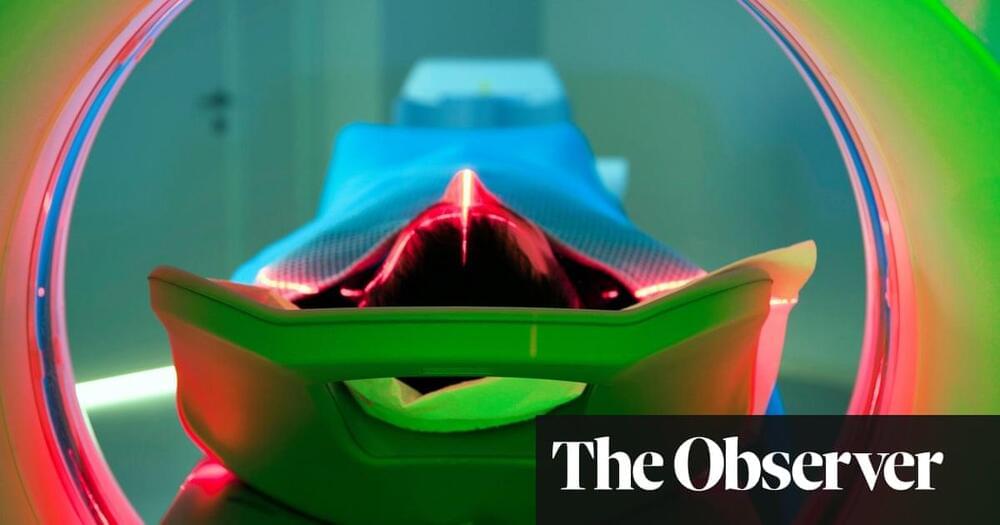
A century ago, Emmy Noether published a theorem that would change mathematics and physics. Here’s an all-ages guided tour through this groundbreaking idea.
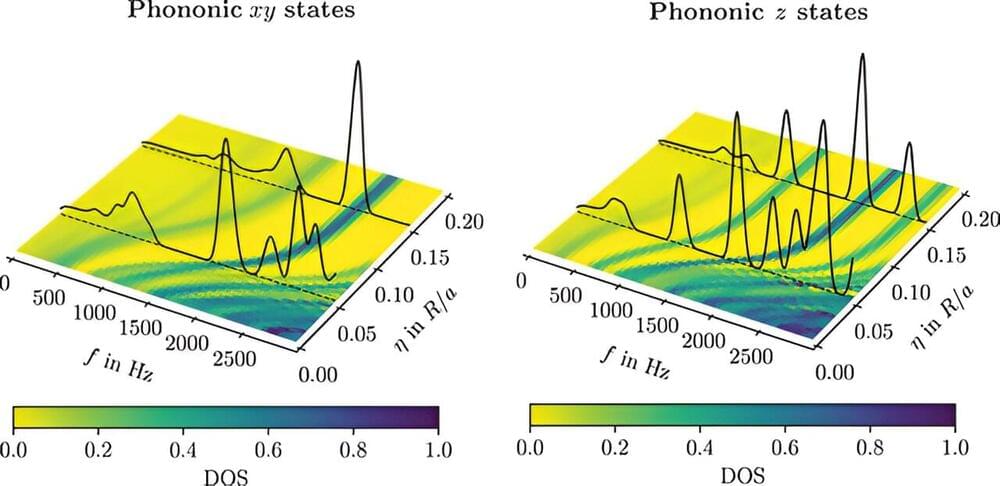
In dim light a cat sees much better than you do, as do dogs and nocturnal animals. That’s because the structure of a cat’s eye has a tapetum lucidum, a mirror-like layer immediately behind the retina. Light entering the eye that is not focused by the lens onto the retina is reflected off the tapetum lucidum, where the retina gets another chance to receive the light, process it, and send impulses to the optic nerve.
